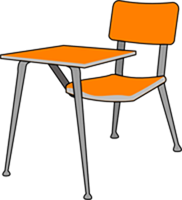CONTACT US
We really want to talk to you! Ok, maybe sometimes. Fill out the form and we will contact you!
Have us contact you!
Contact Information
Toll Free: (877) 638-0707
Business Hours:
Monday - Friday: 10 am - 7 pm CST
Saturday/Sunday: 12 pm - 5 pm CST
CONTACT US
We really want to talk to you! Ok, maybe sometimes. Fill out the form and we will contact you!
Have us contact you!
Contact Information
Toll Free: (877) 638-0707
Business Hours:
Monday - Friday: 10 am - 7 pm CST
Saturday/Sunday: 12 pm - 5 pm CST

